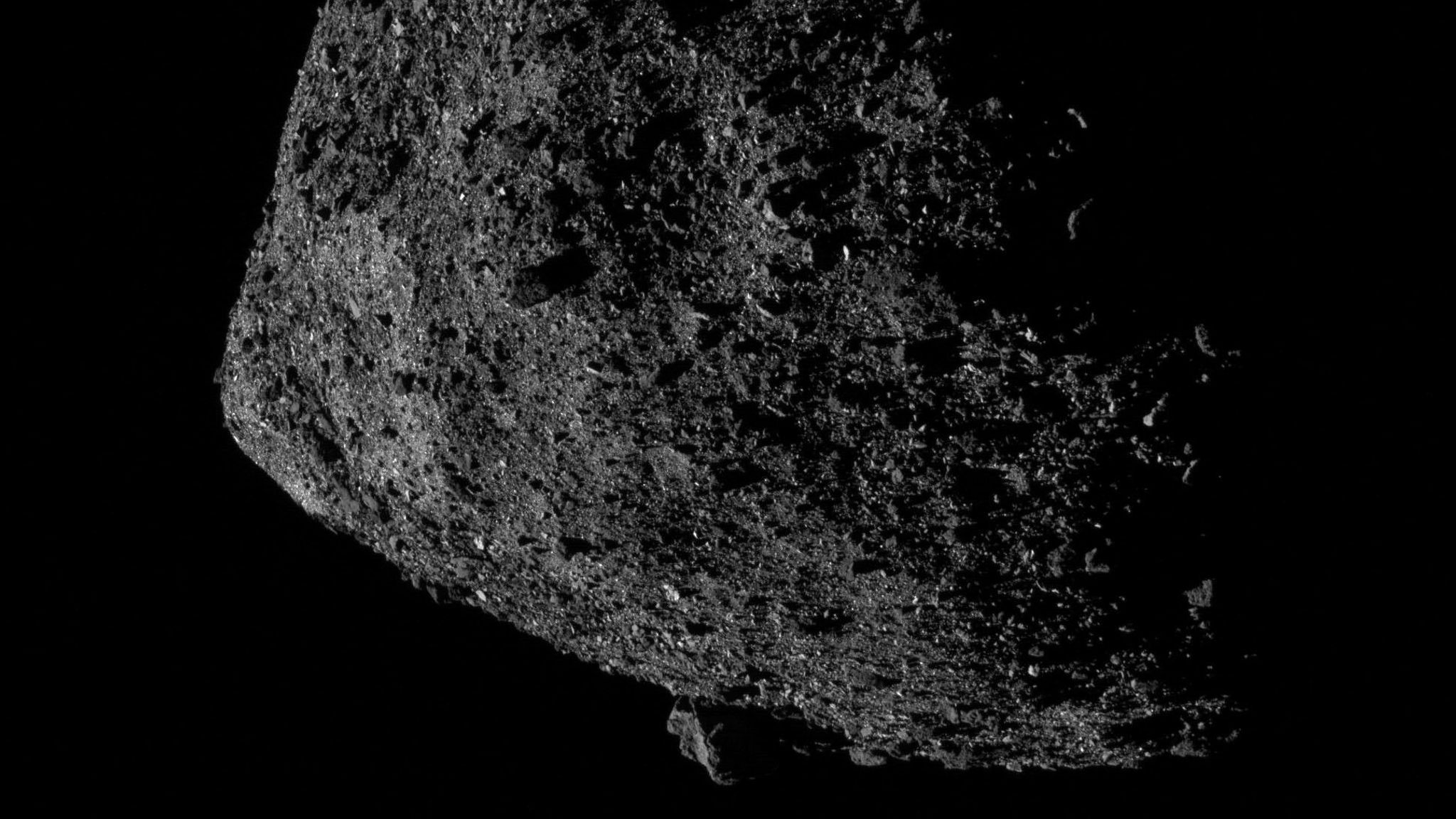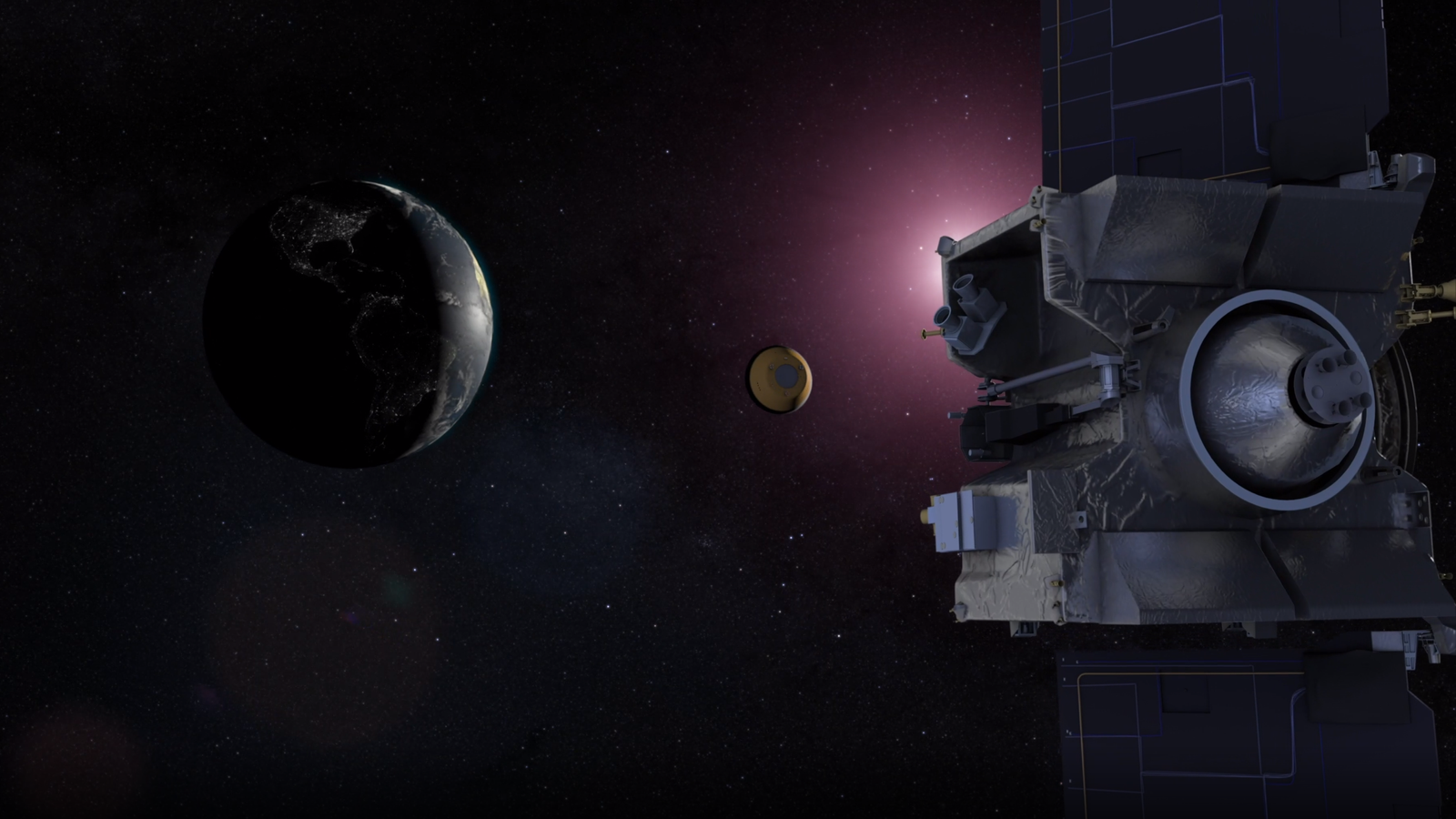

The AP is solely responsible for all content. Submitted at the Department of Philosophy, Logic and Scientific Method. The Associated Press Health and Science Department receives support from the Howard Hughes Medical Institute’s Department of Science Education. The experimental target will be the moonlet of a bigger space rock. In November, NASA plans to launch a mission to knock an asteroid off-course by hitting it. A bigger asteroid such as a 400-meter-wide one that will pass by the earth in 2032, with a one in 63,000 (or 00.002 percent) chance of hitting us would be regionally catastrophic. “One-hundred years from now, who knows what the technology is going to be?” he said. Finding threatening asteroids in advance increases the chances and options for pushing them out of our way, Johnson said. Astronomers say they'll have to keep an eye on the near-Earth asteroid Apophis to see how much of a danger the space rock poses to our planet during a close pass in 2068. Scientists already are ahead of the curve with Bennu, which was discovered in 1999. If an object Bennu’s size hit the Eastern Seaboard, it “would pretty much devastate things up and down the coast," he told reporters. The area of devastation would be much bigger: as much as 100 times the size of the crater. If Bennu did slam into Earth, it wouldn’t wipe out life, dinosaur-style, but rather create a crater roughly 10 to 20 times the size of the asteroid, said Lindley Johnson, NASA's planetary defense officer. Earth's gravity could tweak its future path and put it on a collision course with Earth in the 2200s - less likely now based on Osiris-Rex observations. 24, 2182.īennu will have a close encounter with Earth in 2135 when it passes within half the distance of the moon. Their findings - published in the journal Icarus - should also help in charting the course of other asteroids and give Earth a better fighting chance if and when another hazardous space rock heads our way.īefore Osiris-Rex arrived on the scene, scientists put the odds of Bennu hitting Earth through the year 2200 at 1-in-2,700.

The spacecraft collected enough data over 2 1/2 years to help scientists better predict the asteroid’s orbital path well into the future. Pizza Pie in the Sky: Special Delivery Launched to Astronauts Aboard Space Stationīefore Osiris-Rex arrived at Bennu in 2018, telescopes provided solid insight into the asteroid, about one-third of a mile (one-half kilometer) in diameter.


 0 kommentar(er)
0 kommentar(er)
